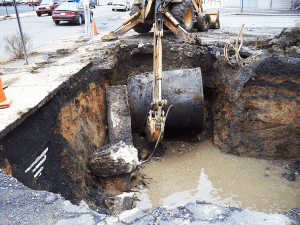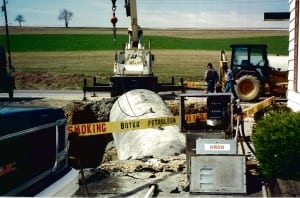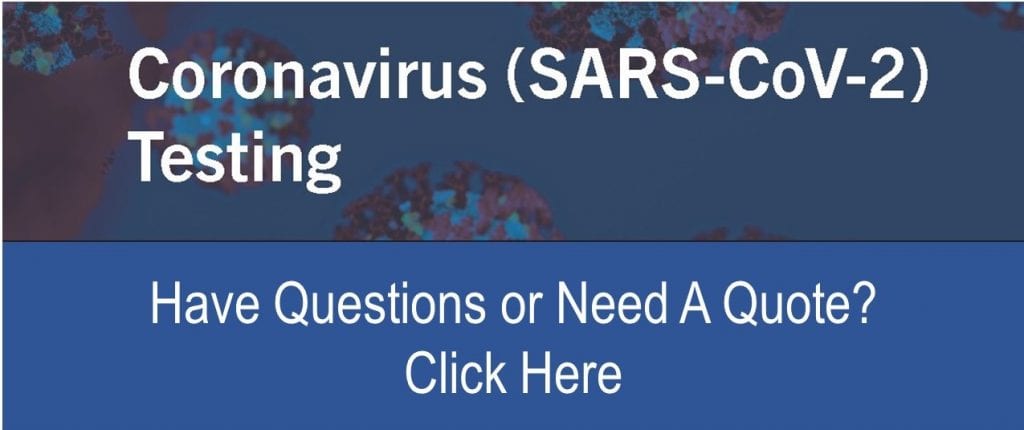 Have you discovered you may have a leaking underground storage tank? Are you wondering how much it will cost to clean up the spill and what the process will look like? We will tell you everything you need to know about the eligibility requirements for Pennsylvania cleanup cost reimbursement and the Underground Storage Tank Indemnification Fund.
Have you discovered you may have a leaking underground storage tank? Are you wondering how much it will cost to clean up the spill and what the process will look like? We will tell you everything you need to know about the eligibility requirements for Pennsylvania cleanup cost reimbursement and the Underground Storage Tank Indemnification Fund.
Pennsylvania gasoline taxes include a 1.1 cents per gallon underground storage tank (UST) fee collected by the Insurance Department and placed in the Underground Storage Tank Indemnification Fund (USTIF). Eligible UST owners can access these funds for cleanup of spills from their tanks. The USTIF coverage limits are a $1.5 million limit per tank per occurrence and a $1.5 million annual aggregate limit as of December 13, 2001. Also, there is a $5,000 per tank per occurrence corrective action deductible and $5,000 per tank per occurrence third party liability deductible. This article discusses the steps required to successfully access those funds.
The presentation of the following documentation is required for Pennsylvania cleanup cost reimbursement eligibility:
The claimant is the owner or operator of a tank.
A copy of the tank registration is acceptable proof of ownership. The name on the registration must match the name of the claimant. Since tank owners are required to keep a copy of the tank registration posted at the facility, a copy should be readily available.
The USTIF fees are paid.
Acceptable proof that the USTIF fees are paid is a copy of an invoice from the fuel supplier that was paid around the time the spill occurred. The fuel supplier’s invoice must indicate that the USTIF fee was collected. The claimant must also provide a copy of the check that was used to pay the supplier’s invoice.
The tank is registered with the Pennsylvania Department of Environmental Protection (PADEP) unless it is a heating oil tank that “opted-in.”
Again, a copy of the tank registration is acceptable proof.
The owner or operator has obtained a permit, if required.
Usually there is no requirement for permit, other than the tank registration. However, if the release of fuel was discovered during tank removal, there may have been a requirement for a local permit for that activity and that may be provided in the claimant’s response to USTIF.
The tank owner or operator can provide documentation that the spill or release from the underground storage tank system occurred on or after February 1, 1994.
Unless you are digging up an old tank and find contamination, your spill notification letter to the PADEP should contain this information. It is very important to make a strong case that there were no spills prior to 1994 that could have contributed to recent contamination. Spills that occurred prior to 1994, the effective date the USTIF was created, are not eligible for cleanup cost reimbursement.
The claimant cooperates with USTIF in its eligibility determination process, claims investigation, the defense of any suit, the pursuit of a subrogation action and other matters as requested.
In the initial call to USTIF, the claimant, or its agent, must provide some general details about when and how the spill happened, if any investigation/remediation was conducted, and if you think there may be third party damages. Most of the details they require come from answering a follow-up call from an adjuster and from an information request letter. For more details about what is required in the information request letter, please read: How Do I Make a Claim for Pennsylvania Leaking Underground Storage Tank Cleanup Costs?
 The claimant has met the notification requirements of reporting a claim. Claims must be reported within 60 days after knowledge of a potential claim or coverage will be denied.
The claimant has met the notification requirements of reporting a claim. Claims must be reported within 60 days after knowledge of a potential claim or coverage will be denied.
By law, spills must be reported to the PADEP Hotline within 24 hours of discovery. A separate notification must be made to USTIF within 60 days of discovery of the release in order to be eligible to access the cleanup funds.
Cleanup costs to comply with the PADEP regulations can be astronomical. Costs for many sites have exceeded $1 million. It is extremely important for the claimant to put together a detailed and well-thought-out claim response package.
There have been many times where USTIF has determined that claimants are only partially eligible for funding. In those cases, USTIF has only funded a percentage of the investigation and cleanup costs and the claimant was responsible for the rest.
By putting together a good claim package, your liability may be limited to the $5,000 deductible. Because of our experience in maximizing our client’s access to the funds, most of our clients engage us to contact the USTIF claims adjuster and prepare the claim packages. If Ambipar Response EMS performs the environmental assessment and cleanup, we accept payment directly from USTIF for all covered costs.



